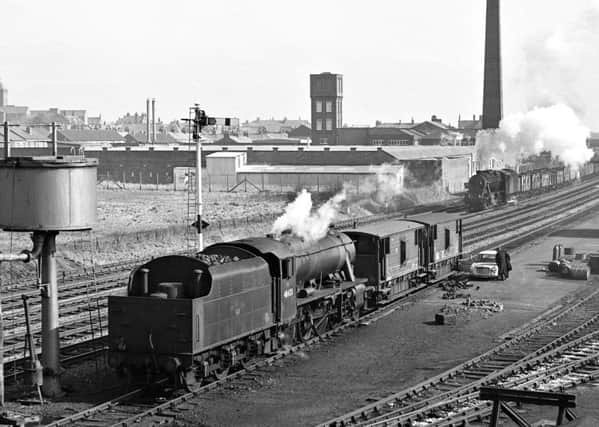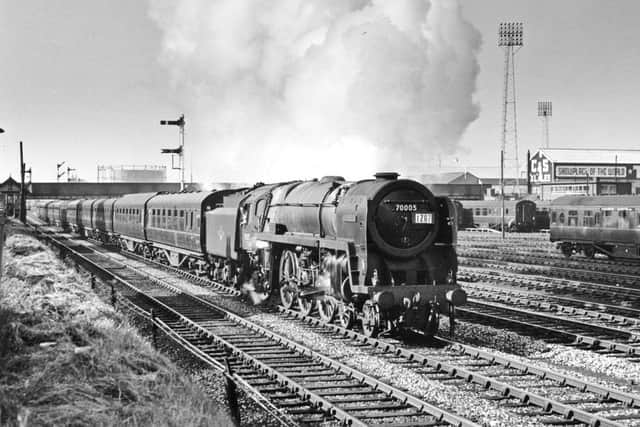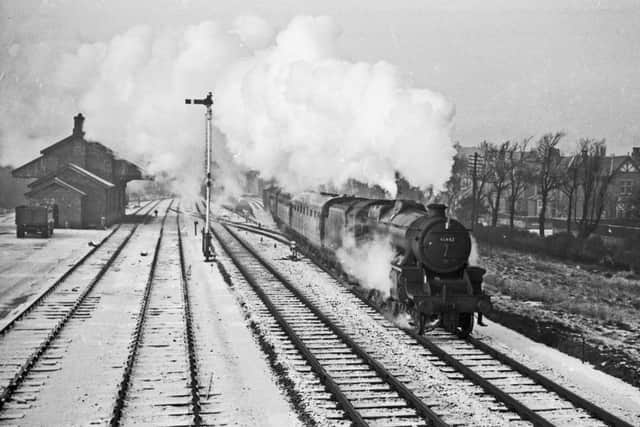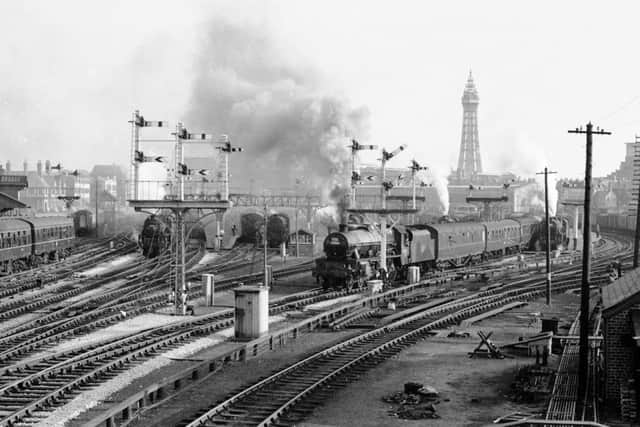Getting Lancashire and the Fylde coast on track for a new life on the railways


The first recognised railway to reach Preston arrived from the south in 1838.
While to the north of the town, at Maudlands, the Preston and Wyre Railway opened the first line into the Fylde. This railway linking Preston to Fleetwood opened on July 15, 1840 and provided an early link to Scotland via a paddle steamer to Ardrossan.
Advertisement
Hide AdAdvertisement
Hide AdThis company was promoted by Sir Peter Hesketh-Fleetwood to provide a transport link to his new town of Fleetwood at the mouth of the Wyre.


Another notable supporter of the early railway was Thomas Miller, owner of Horrockses Textile Company based in Preston.
Inheriting a large part of the company from his father he became sole owner in 1840. Having purchased the large estate nearby, Thomas was a regular user of Singleton station that opened in 1872. As railway mania gripped the country the Fylde soon became a part of this, as new routes from Poulton-le-Fylde to Blackpool North and Kirkham to Lytham both opened in 1846.
A separate company, the Blackpool and Lytham Railway, added further to the railway map when on April 6, 1863 its line commenced operating between the two towns.
Advertisement
Hide AdAdvertisement
Hide AdUnfortunately though, in 1893, things took a turn for the worse, when the 11pm LNWR Blackpool to Stockport train took a sharp curve at Poulton at over 40mph crashed and killed two people. At the time a new southern curve was being built, and this remains in use today.


The final piece of the jigsaw came in 1903 as the new direct ‘Marton’ route, with no intermediate stations, saw trains running between Kirkham North and Blackpool’s Waterloo Road, later known as Blackpool South. The P&WR had earlier been taken over jointly by the Lancashire and Yorkshire and London North Western Railways in 1849, later becoming part of the London Midland and Scottish in 1923.
As the network expanded, passenger numbers increased dramatically, with new stations opening at Bispham, later called Layton, Lea, Salwick and Wrea Green.
A great improvement for early travellers came in 1844, when the PWR trains were allowed to run into Preston’s North Union station and beyond; thus, weary passengers no longer had to alight at the PWR Maudland station and walk the half mile or so between the two.
Advertisement
Hide AdAdvertisement
Hide AdExcursion and holiday trains brought many thousands of visitors to the seaside for the day or even longer.


Specials, run by large companies, were common and, in 1896, Bass Breweries from Burton-on-Trent chartered 17 trains carrying nearly 11,000 of its workers to the Fylde Coast.
Holiday specials ran well into the 1980s, with trains arriving from all over Britain.
The nature of the landscape of the Fylde means major engineering features are few and far between, with the exception of Maudland Viaduct.
Advertisement
Hide AdAdvertisement
Hide AdThis 10-arch bridge, that crosses Fylde Road, Preston, was opened in July 1840 but, sadly prior to this, in the February, an arch collapsed, killing 11 bricklayers.


The viaduct originally carried a single line but as traffic grew it eventually carried four tracks. This can be clearly seen today as the different brickwork shows how it has been widened.
Built at a cost of around £14,000 it was known as Tulketh Viaduct in its early days.
One of the main features of these railways was the large number of signal boxes required to control the high numbers of arriving and departing trains.
Advertisement
Hide AdAdvertisement
Hide AdAt one time around 50 boxes were in use, with Poulton-le-Fylde itself having five, but the last survivors, including Salwick and Carleton Crossing, were closed on the night of November 10, 2017.
These last relics of a bygone age have made way for the new electrified railway, which has seen the main Preston to Blackpool line closed from November 2017 until spring 2018.
Signalling is being modernised with 84 new signals, 11km of track will also be replaced and Kirkham is to have a new platform.


When complete, rail company Northern is promising new smoother services, more seats and ‘greener’ trains.
n Available through
Waterstones bookshops and Middleton Press, ‘Preston to Blackpool’ (ISBN 978 1 910356 16 6) by John Matthews and Peter Fitton is in shops now.